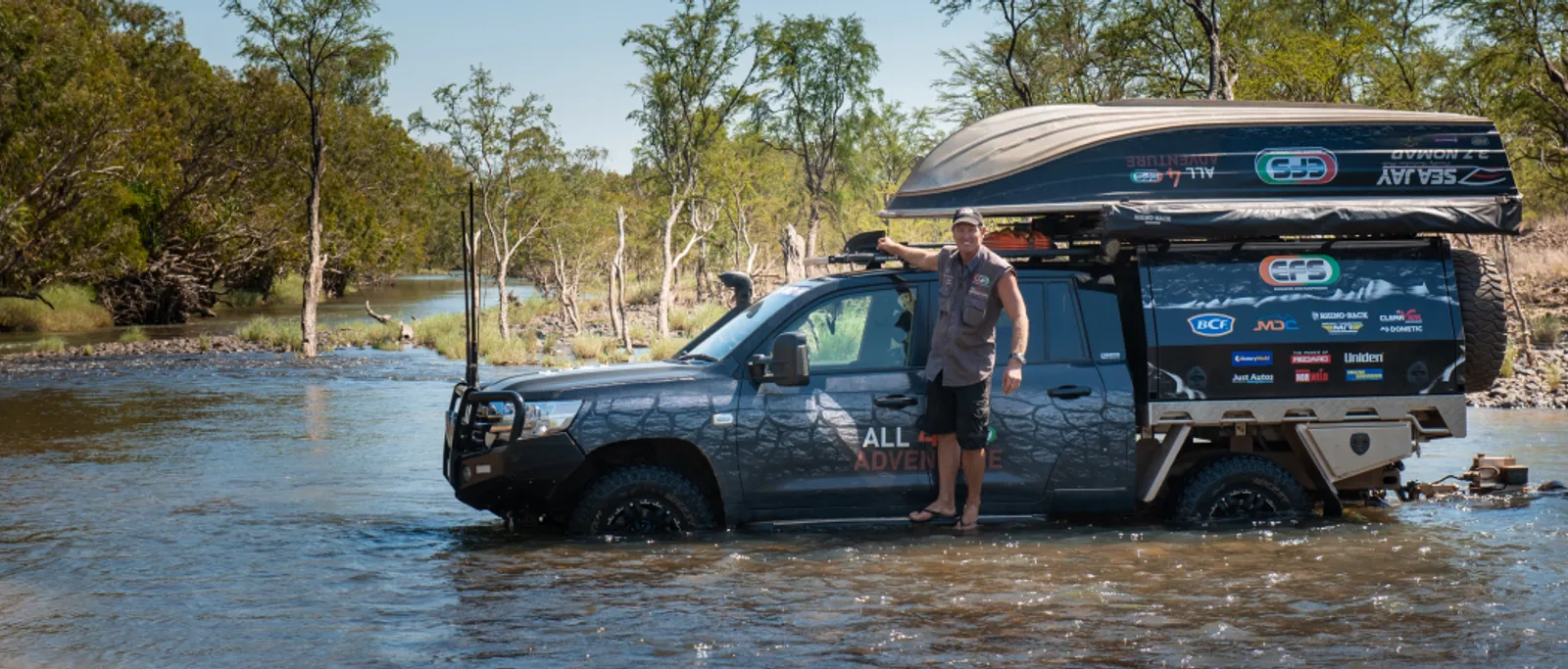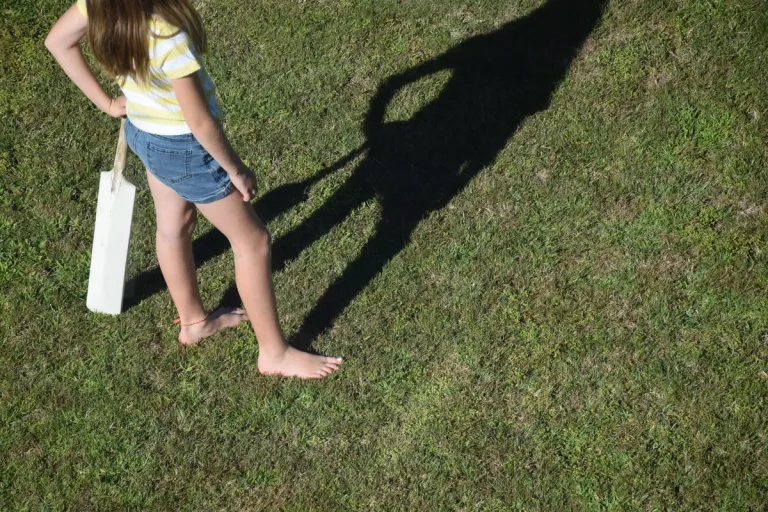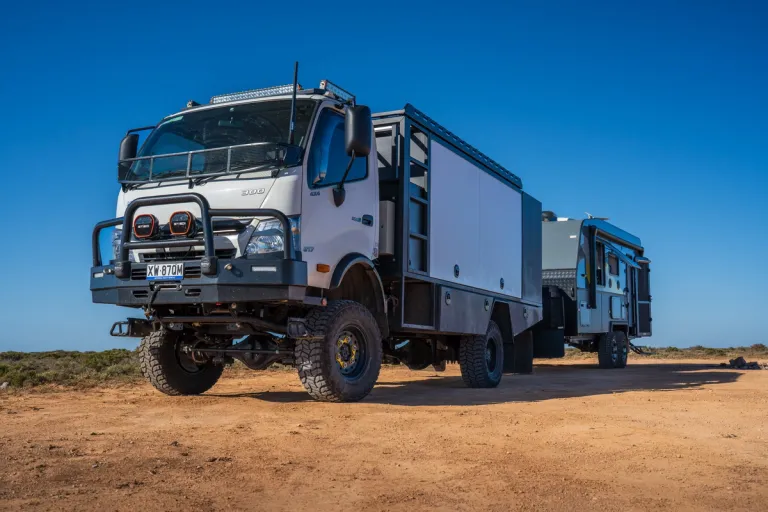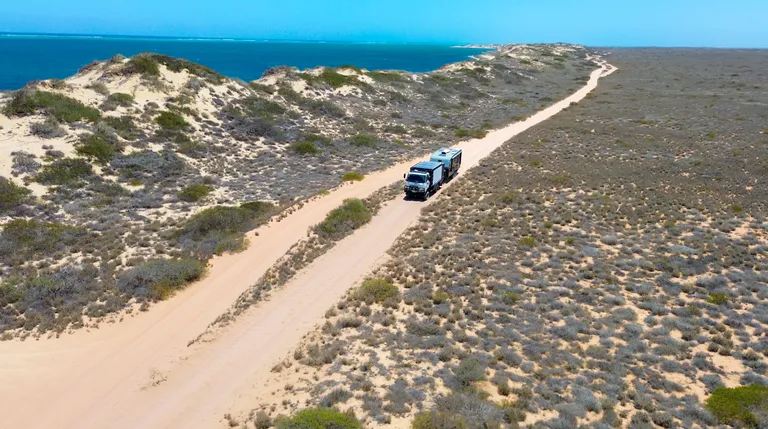Article from: Travel Outback Australia
“Outback Australia as beautiful and amazing as it is … can be an unforgiving place. I am all for off-road adventures and thrill-seeking expeditions, but safety has to come first. It’s important to research where you are headed and be well prepared to explore this great land – you don’t want to be stranded in the outback, trust me. It’s really important that explorers read credible blogs such as Travel Outback Australia for helpful tips and advice to ensure they have the right knowledge.”
Jase Andrews, Outback Adventurer & Host, All 4 Adventure, Channel Ten
It’s always nice to get words of encouragement, especially from like-minded people who love travelling the outback like we do! So instead of reading our words, for a change you can read those of an outback icon.
Jase Andrews, host of the #1 TV hit show All 4 Adventure, shares his insights on how to safely take your rig through water.
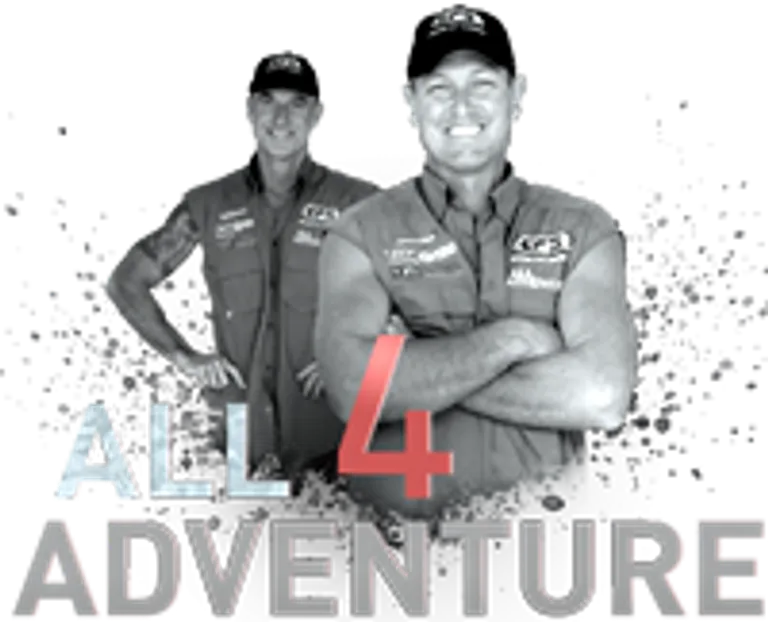
No matter where you 4WD, there are inherent risks involved. But with common sense, the right equipment and some luck, most of us will never get stuck out in nowhere with no solution. However, taking your rig into deep or rapidly moving water is risky.
Here are some tips to keep you safe.
#1 Know What You’re Dealing With
Before traversing that flooded river check out:
- How deep it is
- How fast it is flowing
- What’s underneath
- What the best route is
- How you will need to prepare your rig
Unless you are dealing with croc-infested waters, walk through and mark big drops and potholes with a stick, assess the ground conditions and the flow. If it is a raging flood, don’t walk or drive in it either. But if the water seems reasonable and you know what you are dealing with, prepare for the crossing.
#2 Better Safe Than Sorry
Preparation is everything. Be sure to hook up your recovery gear before you hit the water, uncoil your winch cable and sticky it to your bonnet. Should you get stuck, you don’t want to deep-dive under to latch on your straps or unwind the winch cable.
Pick out some suitable tackle points on the other side when you walk the creek in case you get stuck in the middle. Be sure there is good air for your rig. You should have a snorkel or RAI (Raised Air Intake) fitted to your rig; if not, keep out of deep water.
Know the recommended submersion level of your vehicle; these vary greatly from model to manufacturer. Some snorkels come as a two-piece design, meaning they are great for dust, but are not water tight. Ensure yours is, before attempting to use your rig as a submarine.
Most 4WD’s have air tubes fitted to the diff and drive gear to allow for expansion and contraction as the temperatures shift. The valves on these sometimes sit rather low. They need to be up as high as possible because when you hit the water everything cools down and will suck in air. If the valve is submerged you could be drawing water into your diff. Big problem, since oil and water don’t mix well.
Electrics don’t love water either, so ensure they are safe as without them you ain’t going anywhere. Many of them are fully sealed, if not, dowsing them in WD40 may help, but for really deep water, fit a water bra, (available from around $150) it’s a waterproof shield you fit over the front of your rig. Or strapping a tarp over your grill and front end with an occy-strap or three will help push water around your vehicle instead of it gushing straight into your engine bay. On top of this, it’ll also help with not letting the water hit the fan which can bend it and hack into the radiator. This will help immeasurably in getting across the river without a hole in your radiator.
#3 Going For It
Once you have prepared as above it is time to go for it, but don’t hit the creek full blast. For automatic vehicles use low range and if possible, choose second gear. For manual 4WD’s, definitely low range and second gear all the way through. Don’t change gears in the creek as this can open seals and let in water.
Go about the pace of a fast walk, fast enough to push forward against the current and water mass, yet slow enough to be able to react to anything unexpected.
#4 If You Get Stuck
If you get stuck in spite of everything, staying calm and collected is key. If you get caught on a big rock or sink in soft mud, first decide if everyone is safe and how to keep it that way.
With touch downs, ease your rig back gently without gushing water up your exhaust pipe until you are free and then have your offsider guide you around the rock. But if you dig in and water starts filling your vehicle, turn it off and get the winch cable off the bonnet. Hook up to that anchor point you identified beforehand and winch yourself out.
Every situation demands a different response, however precaution, preparation, common sense and a clear head will get you out of most of them. Early preparation is the key. Most drivers get all buzzed up at the opportunity of putting their driving skills and rig to the test, but showing off as you thrash through deep water is not a sign of 4W-Driving finesse.
When you get to water higher than your hub caps, be cautious and check the crossing on foot. Water above the top of the wheels means any large pothole could submerge your engine and electrics – which will be a tad risky.
Before you hit the water consider:
- Is this the safest spot to cross?
- Is there a better spot somewhere else to cross?
- Is there a good exit with suitable anchor points?
- Can crossing the water be avoided altogether?
- Do I feel confident to get rig and crew safely through
- If there is any doubt – don’t attempt it.
It’s fun to test ourselves and our vehicle to its limits, but getting back home to brag about it around the barbie is also important. So make wise decisions before you haphazardly lose your rig and gear in a creek far from nowhere.
#5 After Your Crossing
Emerging from the creek will often be on steep ground that is muddy, slippery, rutted or worn. It’s a challenge to drag your waterlogged vehicle out of the water. Once you are on solid ground, stop there if it is safe and let the excess water drain out so the vehicle will be easier to drive. Also, check underneath for any sticks and debris that may be caught on your undercarriage.
Next, dab your brakes hard a few times or drive with them dragging for a bit just to help them dry off quicker. Otherwise, if a tree is across your track on the next corner nothing may happen when you slam the brakes on.
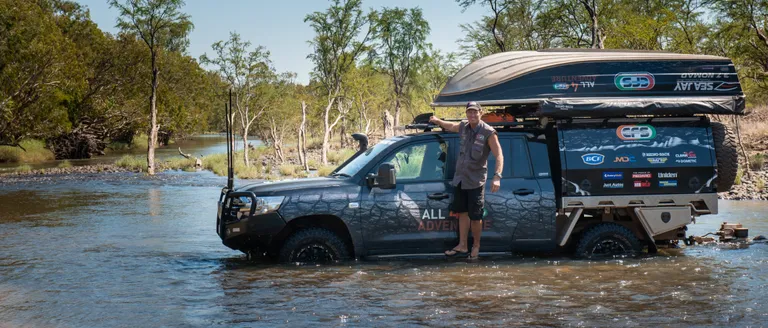
Lastly – Keep It Real
When you are way out in no man’s land you are responsible for getting your family and crew, your pride and joy and yourself back home in one piece. Taking unnecessary adrenaline-fuelled risks or to show off border on stupidity – not 4WD heroism.
Sure, in my program we do some way-out stuff and in our ‘Unleashed’ series we really take equipment to its limits, but this is not what you can do with your average 4WD, nor when you are alone out the back of Bourke.
I get that you want to have fun. But my mantra at all times is ‘Safety First – No Matter How Stupid You Look Doing It’.
Have fun out in the bush and crossing those creeks – safely, Jase
We hope you’ve enjoyed reading Jase’s tips for river crossings and remember you can see his show on Network 10, Tenplay and his other adventures on Unleashed TV.
Remember if you want other tips on trip preparation whether it be for your vehicle or on gear reviews click on these links to get the low down.


